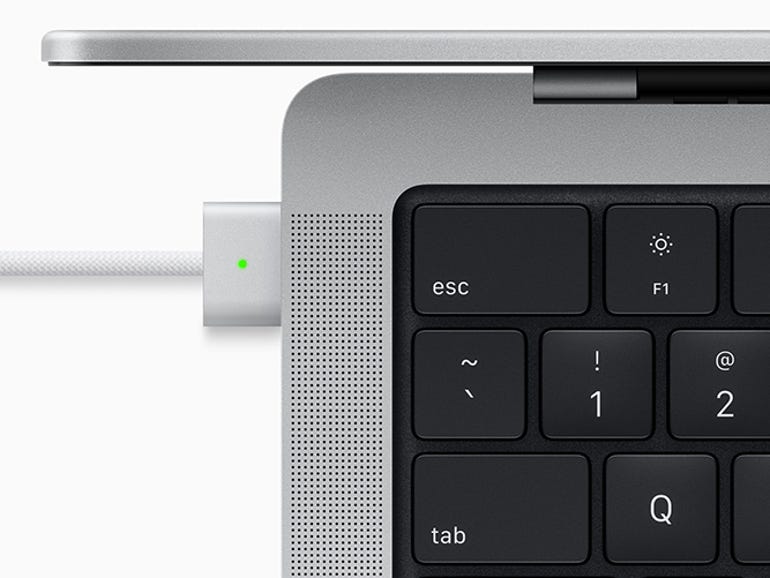
The other day I opened my MacBook Pro and noticed it wasn’t charging.
Uh-oh. Not good.
I had visions of making a pilgrimage over to the Apple Store — full of delights and temptations — and having to hand it over to the Geniuses for delicate repairs.
Fortunately, I was able to solve the problem quickly and easily.
Here’s the process I used:
#1: Check that the charger and outlet are working
The easiest way to do this is to plug something else into the charger (this is easier to do with the newer USB-C chargers) or check to see if macOS is reporting that the Mac is running on mains power.
If it’s working, move on.
#2: Is the cable or connector damaged?
Check the cable, and if you are charging via USB-C, try a different port.
#3: Reset the SMC
The SMC — System Management Controller — controls numerous hardware aspects of the Mac, including charging. Resetting it is easy and Apple offers instructions here for all the different Macs.
This is so quick and easy to do that I might try this as a first option many times because it usually clears up any problems.
Some people also take this opportunity to reset the NVRAM or PRAM too, although this is not necessary to fix charging issues.
#4: Is the MacBook too hot or too cold?
Apple carefully controls the temperature range that its batteries will charge at, and outside of this comfort zone, charging might be restricted to prevent damage to the battery.
If the area you are in is too warm or too cold, get the MacBook to an area where the temperature is more suited and try charging again.
#5: If all else fails, see support
If none of these tips fix the problem, then you’re going to need to get your MacBook serviced.
Remember to take along your MacBook and your charger when you take it for service so that both components can be tested.
So, what was the problem with my MacBook?
It was too cold. I’d left it out in the conservatory overnight where the temperature had dropped to below 35° C/50° F and bringing it indoors and warming it up fixed my problem.




















